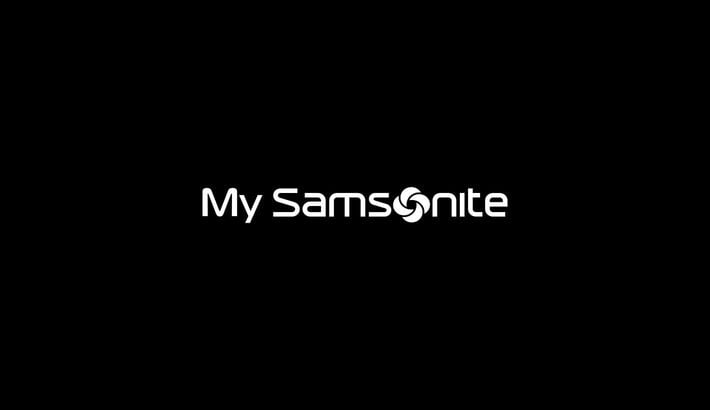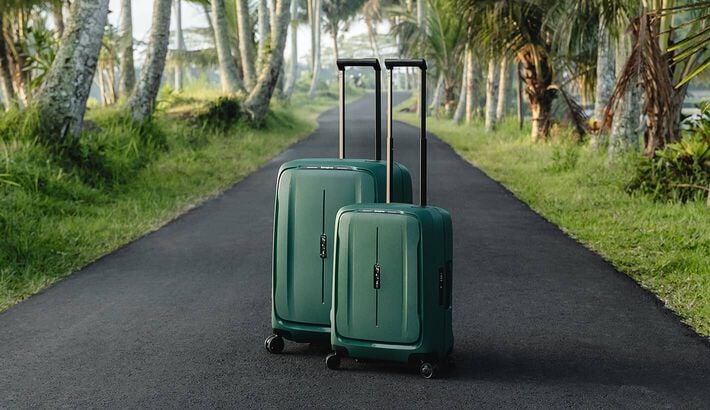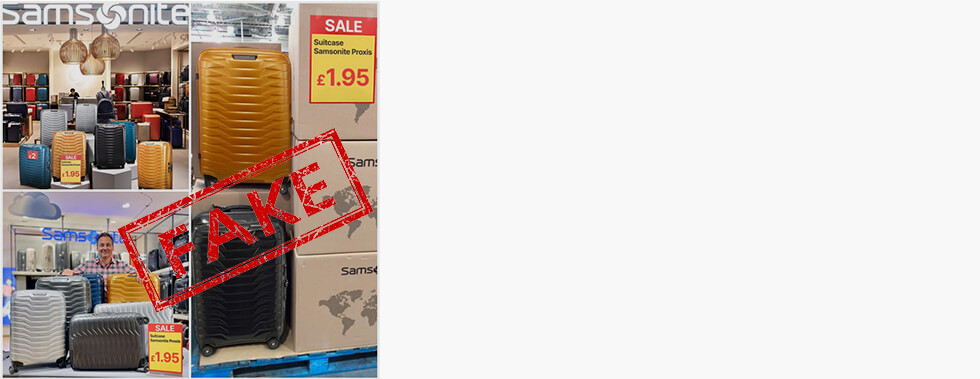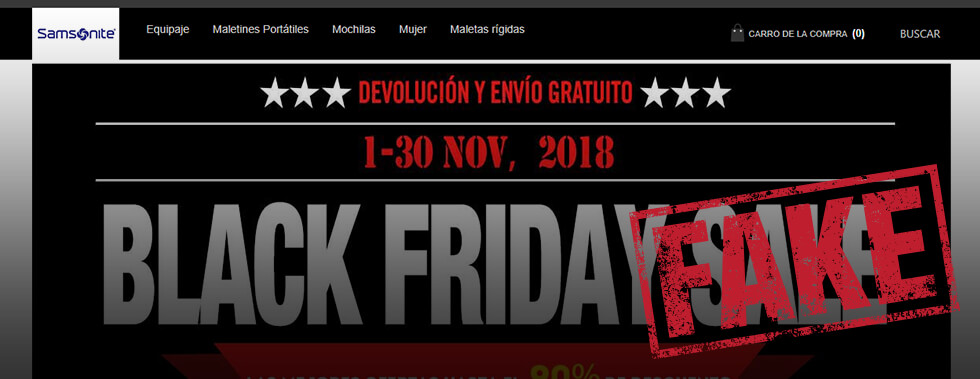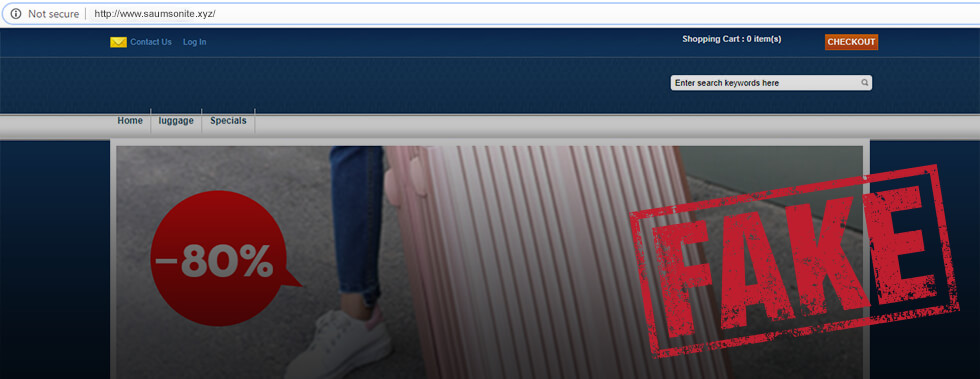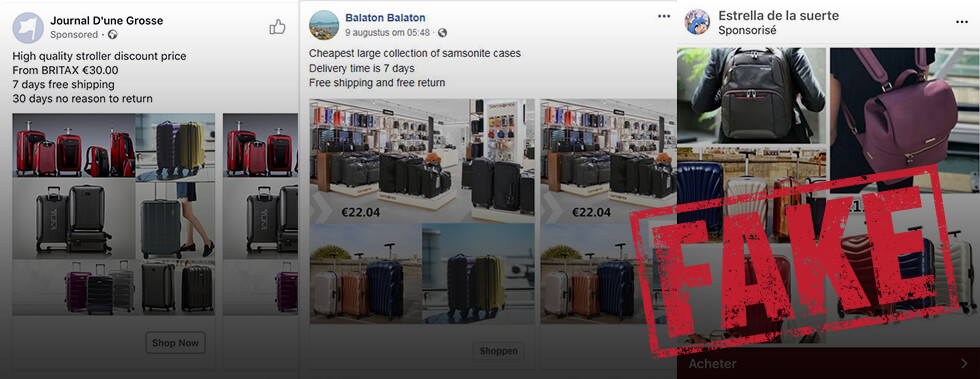Be cautious!
FAKE WEBSITES & SOCIAL MEDIA PAGES ON THE RISE

Samsonite is an internationally recognised brand and holds a great reputation and value. Therefore our brand is often targeted by fraud attempts, tricking our consumers by using our brand image.
The most common form of scamming on the internet is called phishing, a type of cybercrime where consumers are lured into providing sensitive information, like credit card details. These types of fake posts or websites seem to offer great discounts or unmissable offers on our products, which will never be delivered.
Pay attention and be cautious of websites with a similar look to the official Samsonite websites. The official Samsonite brand website, www.samsonite.com, guarantees a safe and secure shopping environment for our consumers and will continue to do so.
Be aware of fraudulent Facebook pages with a similar look to the official Samsonite page. We’re taking action with Meta to remove and block such fraudulent pages, however we advise you to be vigilant with regards to where you are shopping online. Although these fraudulent pages may have the appearance of an official brand website and show some of our trademarks and products, they are not genuine and are hosted on different web domains or URLs.

How to report a fake/scam page:
- Go to the Facebook page and click the … on the top right
- Select “Report page”
- Select “Scams pages & Fake pages”
- Select “Pretending to be another business”
- Type Samsonite and select our real page (marked with a blue icon)
Samsonite regularly takes action with the relevant authorities to remove and block such fraudulent websites. However unfortunately it is impossible to completely eradicate them and we advise you to be vigilant on where you are shopping online.
If you have been caught in this fraudulent scheme or encounter a fake website, we strongly encourage you to inform the authorities immediately. Click here to go to the reporting website of your country.
Tips & tricks to avoid phishing attempts
Please note that Samsonite cannot be held accountable for any purchases made on fake websites or any claim arising from involvement in such websites. If you have any questions or concerns about any suspicious situation, please contact us: customer.care@samsonite.com
